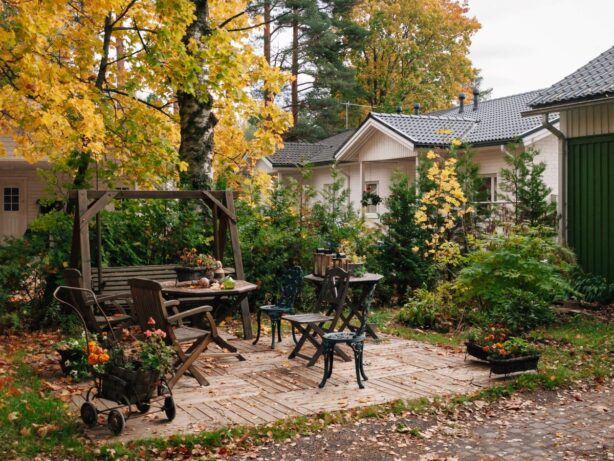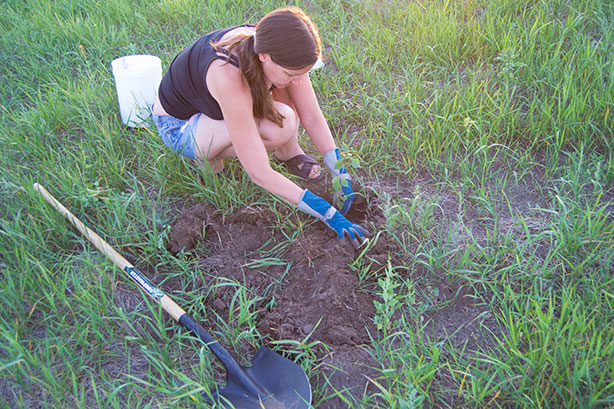Introducing your kids to the beauty and intricacy of nature can be an incredible journey.
Shrubs and trees are some of the most fundamental elements of our natural world, and learning about them can help instill a deep appreciation for the environment.

If you want to help your children better understand the natural world, try these tips for teaching kids about trees and shrubs in a fun and engaging way:
The Fascinating World of Shrubs
Shrubs are much more than just decorations for your garden; they are miniature ecosystems, providing food and shelter for a variety of creatures.
Despite their smaller size compared to trees, these woody plants often have dense and intricate branches, which make them a vital component of any landscape.
In teaching kids about shrubs, it can be helpful to explore different types and discuss their characteristics. Teach children about the differences between popular shrubs like hydrangeas, azaleas, and holly.
You can also use books or Internet research to help your children learn about their growth habits and care needs.
Then, to really make things fun, let your little ones get involved in helping to care for the shrubs in your yard! Pruning, watering, and fertilizing shrubs are all tasks kids can try with your supervision.
Having a tangible physical connection to the natural world through something they’re helping to care for can be a great way to develop responsibility and environmental awareness.
The Majestic Trees: Giants of the Natural World
After exploring shrubs, it’s time to start teaching kids about trees, the giants of the natural world.
Trees have fascinated humans for centuries due to their size, longevity, and the immense benefits they provide, and introducing your children to the wonder of trees is likely to captivate them.
Begin by teaching your kids the basics of tree anatomy. Talk about the roots, trunk, branches, and leaves. Explain how the tree uses photosynthesis to convert sunlight into food.
You can also discuss the many ways trees benefit the environment, such as by providing oxygen, absorbing carbon dioxide, offering shade, and supporting wildlife.
Next, introduce your kids to different types of trees. Explore your neighborhood, local park, or a nearby forest to observe and identify various species.
Let kids notice the differences in bark texture, leaf shape, and size. Then, do some learning together to see why trees have those differences.
Planting and Nurturing: A Bonding Experience
Once kids start learning about trees and shrubs in their environment, they’ll likely want to get more hands-on with the natural world. And that’s when the fun really begins!
One of the most practical and memorable ways to teach your kids about shrubs and trees is by involving them in planting and caring for them
And having that emotional bond with nature is incredibly beneficial for the whole family.
Start by choosing suitable trees and shrubs for your yard or garden space.
Make sure to consider factors like the size of the plant, the available space, soil type, and local climate. You don’t want to accidently plant a tree that ends up taking over the whole yard!
This process can also be a great opportunity to teach your kids about sustainable gardening practices, like using native plants and conserving water.

Appreciating the Circle of Life
As your kids observe the growth and changes in shrubs and trees they’ve helped care for, they’ll gain a deeper understanding of the cycle of life.
They’ll be able to witness firsthand the changing seasons reflected in the plants: blossoms in spring, lush green in summer, the changing colors in fall, and the bare branches in winter.
Through this journey, they will learn about the importance of patience, perseverance, and the value of nurturing. They’ll understand that all living things need care and attention to thrive.
And that appreciation for nature and consideration for living things is something that will help enrich their lives for a lifetime.
